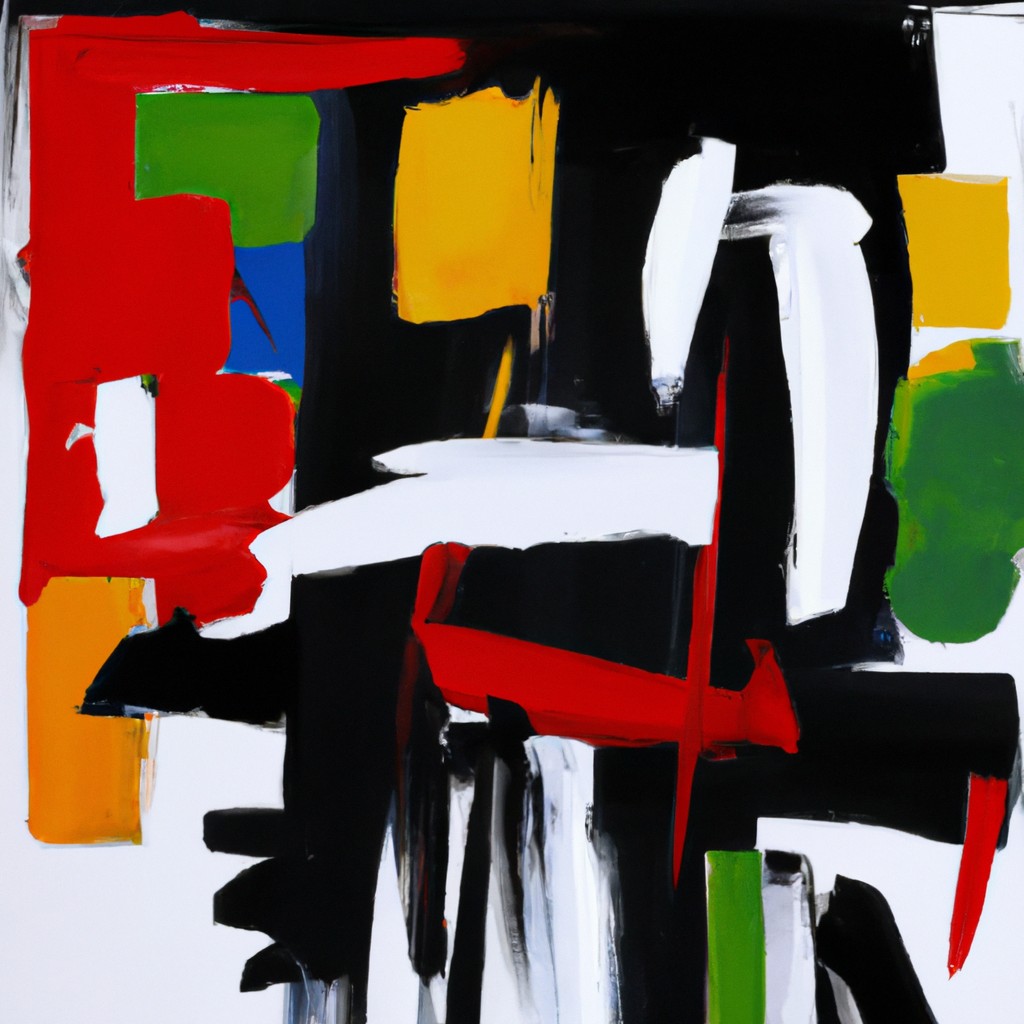Let’s Build Your First Neural Network!
Have you ever wanted to build your own neural network, but didn’t know where to start? Well, fear not! With the help of TensorFlow and Keras, building your very own neural network has never been easier. In this article, we’ll guide you through the process of building and training your first neural network step by step. So, let’s get started!
Getting Started with TensorFlow and Keras
Before we can start building our neural network, we need to install TensorFlow and Keras. TensorFlow is an open source machine learning framework developed by Google and Keras is a high-level neural networks API, written in Python and capable of running on top of TensorFlow. To install these libraries, simply run the following commands in your terminal:
!pip install tensorflow
!pip install kerasOnce we have installed these libraries, we can start building our neural network.
The Basics of Neural Networks: Layers and Activation Functions
Before we dive into building our neural network, it’s important to understand the basics of neural networks. Neural networks are made up of layers of interconnected neurons, each performing a mathematical operation on its input and passing the result to the next layer. The first layer is called the input layer, and the last layer is called the output layer. In between the input and output layers, we can have any number of hidden layers.
Activation functions are an important part of neural networks. They add non-linearity to the network, allowing it to learn complex patterns. There are many activation functions available, but some of the most common ones are the sigmoid function, the ReLU function, and the tanh function.
Creating Your First Neural Network Model with TensorFlow and Keras
Now that we understand the basics of neural networks, we can start building our first neural network model with TensorFlow and Keras. We’ll start by importing the necessary libraries and creating our model:
import tensorflow as tf
from tensorflow import keras
model = keras.Sequential([
keras.layers.Dense(64, activation='relu', input_shape=(784,)),
keras.layers.Dense(10, activation='softmax')
])In this example, we have created a neural network with one hidden layer containing 64 neurons and an output layer with 10 neurons. The activation function for the hidden layer is ReLU and the activation function for the output layer is softmax.
Training Your Neural Network Model: Tips and Tricks
Once we have created our neural network model, we need to train it on our data. Training a neural network involves feeding it input data and adjusting its weights and biases until the output matches the desired output. Here are some tips and tricks for training your neural network model:
- Normalize your data: Neural networks work best with normalized data, so make sure to scale your input data to a range between 0 and 1.
- Split your data: Split your data into training and validation sets to avoid overfitting your model to your training data.
- Choose the right optimizer: The optimizer is responsible for adjusting the weights and biases of your neural network during training. Some popular optimizers include SGD, Adam, and RMSprop.
- Monitor your loss: The loss function measures the error between the predicted output and the actual output. Make sure to monitor your loss during training to ensure that your model is improving.
Evaluating Your Model: How Well Did You Do?
Once we have trained our neural network model, it’s time to evaluate its performance on new data. We can do this by using the evaluate method of our model:
test_loss, test_acc = model.evaluate(test_images, test_labels)
print('Test accuracy:', test_acc)In this example, we are evaluating our model on a test set of images and labels. The evaluate method returns the test loss and test accuracy of our model. The test accuracy is a measure of how well our model is able to predict the correct label for each image.
Congratulations! You have successfully built and trained your first neural network model with TensorFlow and Keras. With these tools, you can now start exploring the world of deep learning and building more complex models to solve a wide range of problems. Keep learning, experimenting, and having fun!
Building and training your first neural network may seem daunting at first, but with the help of TensorFlow and Keras, it’s easier than ever. In this article, we have covered the basics of neural networks, created a simple neural network model, and provided some tips and tricks for training and evaluating your model. Now it’s up to you to take what you’ve learned and start building more complex neural networks. Who knows, you may just build the next breakthrough AI application!










